The evening continued with Stefanie Batten Bland’s 2019 “Look Who’s Coming to Dinner,” a work also enhanced by a heavy dose of detail and gesture. The piece begins with the dancers, clad in dress clothes and surgical masks, slowly entering the stage, staring into the audience’s eyes with eerie accuracy. As the piece progresses and the dancers gather around a long dinner table, this gaze becomes central, switching between cold, foreboding stares (sometimes accompanied by a forced baring of the teeth) and genuine, welcoming smiles.
Although the masks (removed shortly after the dancer’s entrances), were a literal part of the costumes, they also represented the theme of the work—how the masks we put on affect ours and others ability to get a seat at the proverbial table. The work also involved several literal tables, adorned with purple lace tablecloths that doubled as veils for the dancers in specific moments. Along with the directness of the set and costumes, the use of detail—smiles melting into frowns, lots of handshakes, and the use of gaze, both empty and full of life—drove home this theme. So too did the dance-y sections, solos for each performer that gave insight into their character and the ways their life experiences affected how they showed up to dinner.
Towards the tail end of the work, the tables were stood on end and turned into doors. The dancers began to knock and bang on these doors, still asking for a spot at the table. The work ends with the dancers banging on the fourth wall, asking the audience to open up. When we do, we’re met with a humble handshake and an unembellished “hi.”


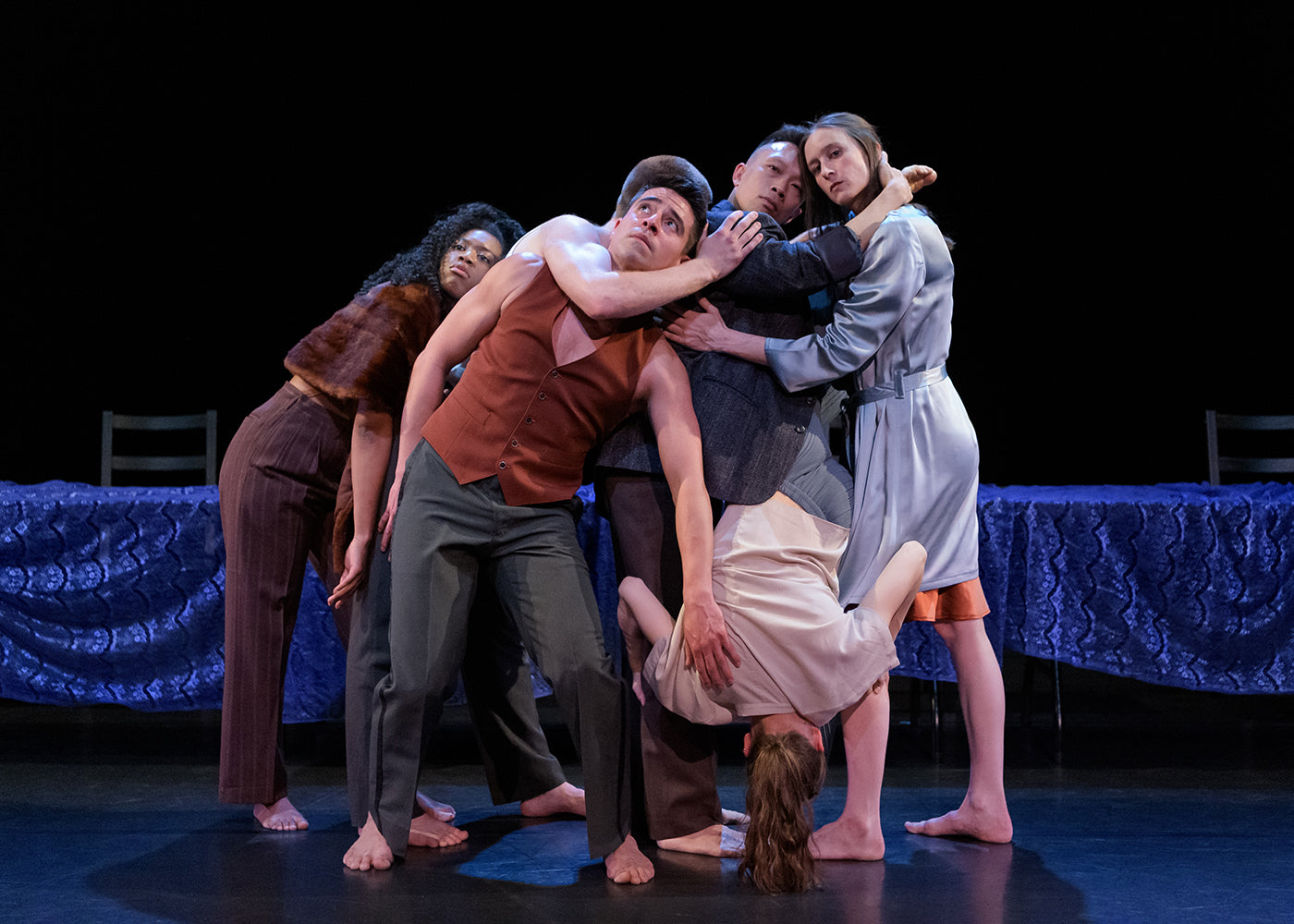
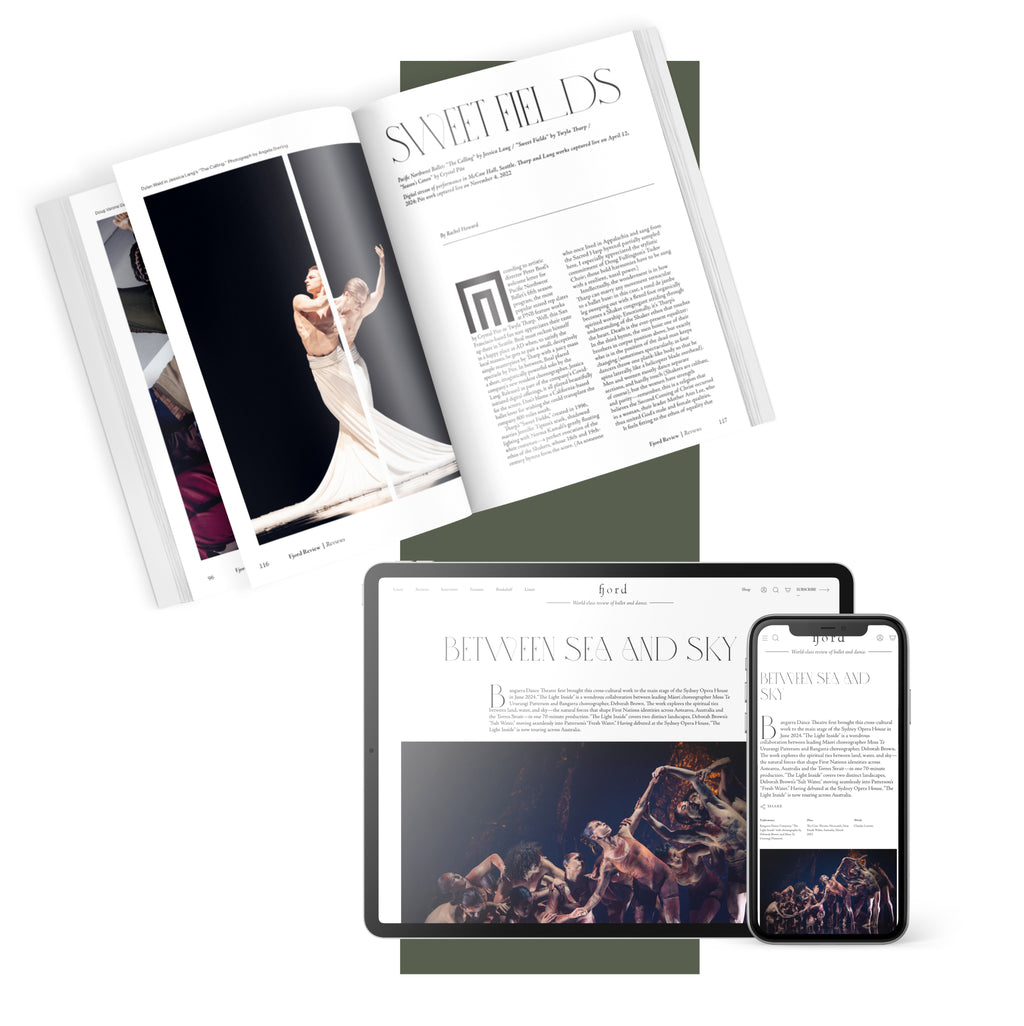
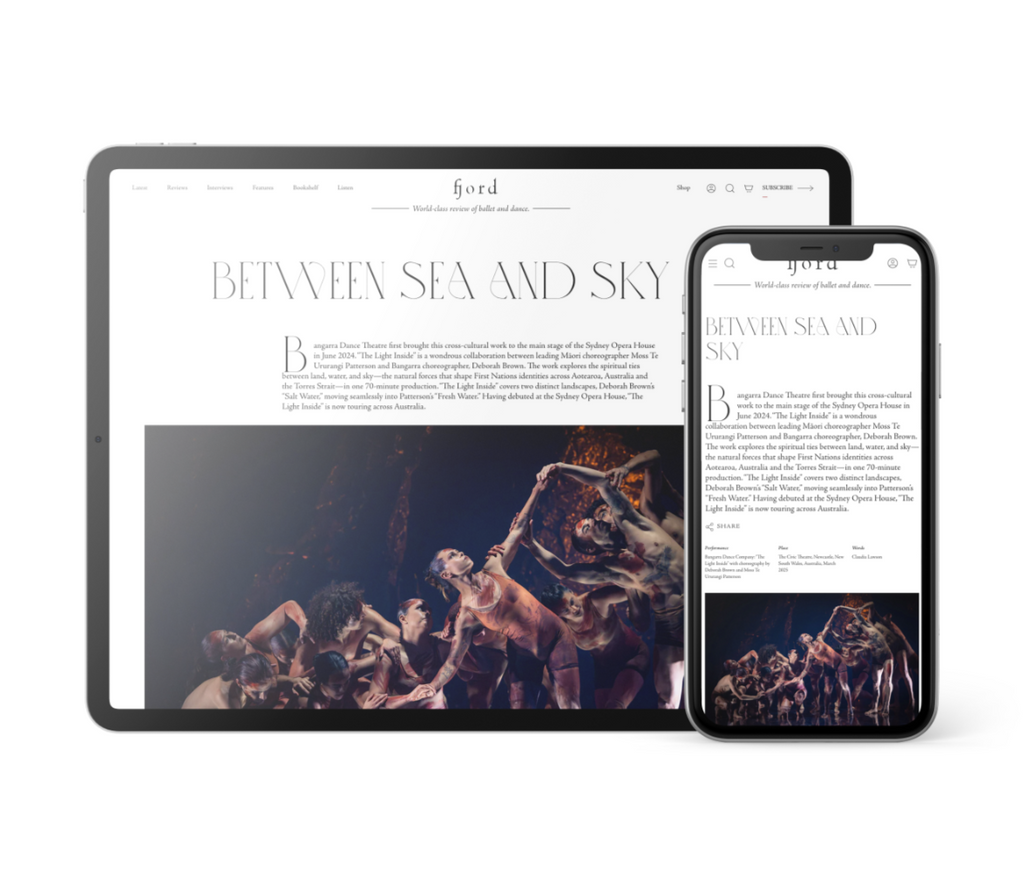
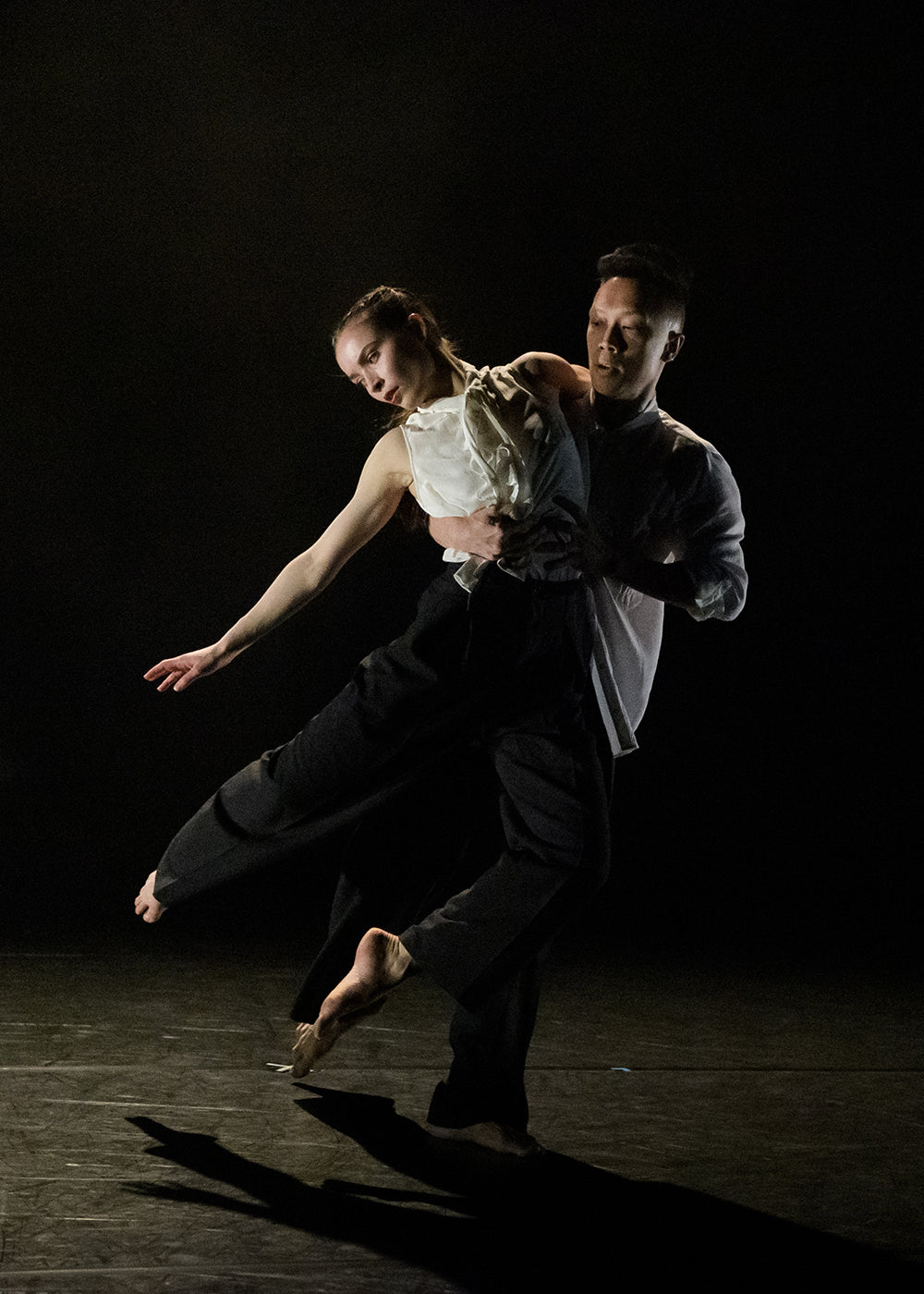
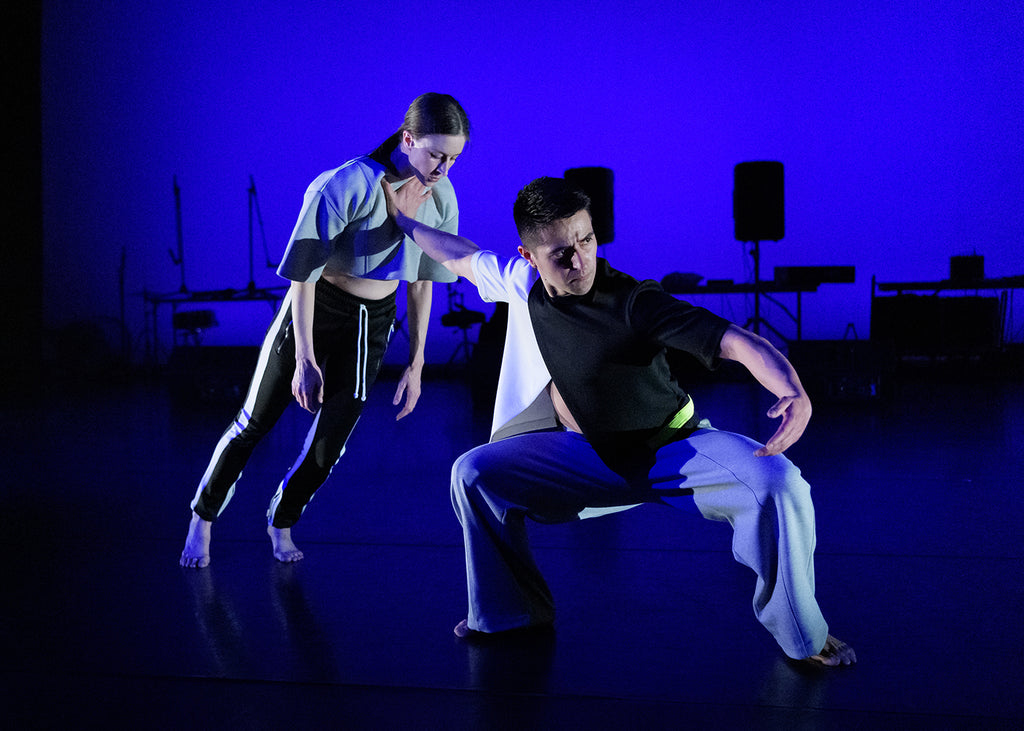




comments